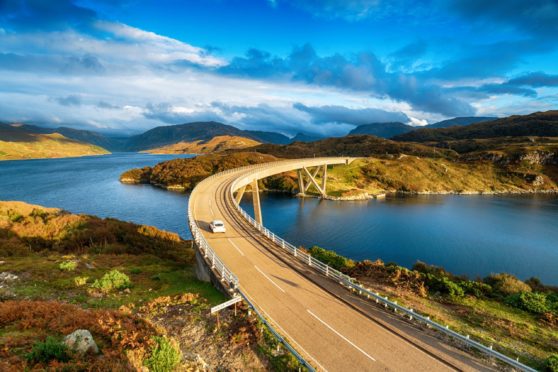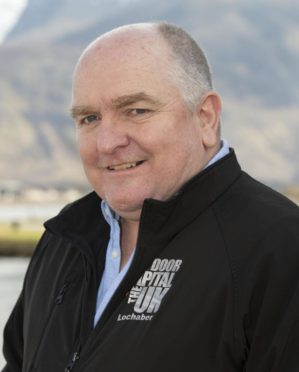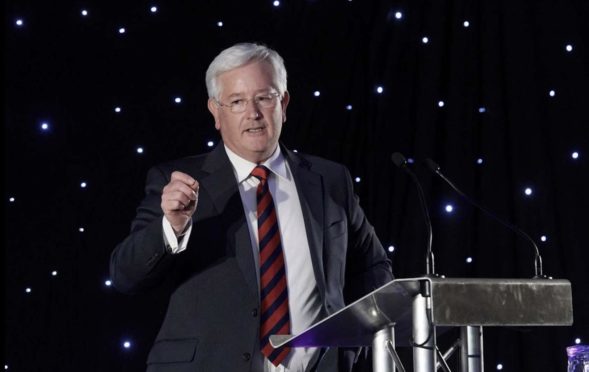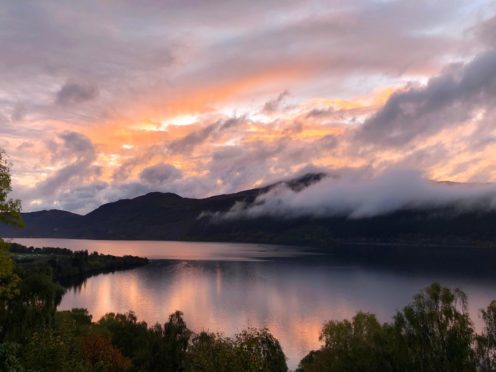The Highland Tourism Partnership (HTP) has outlined a roadmap to recovery for the sector in the wake of the Covid pandemic.
The industry body said it is bringing together destination organisations and public sector partners from across the Highlands to work collectively for the long-term benefit of the whole area.
The new plans include a range of business from around the region, with bosses at the North Coast 500 Ltd, VisitScotland, Highland Council and Visit Inverness Loch Ness among others.
The recovery will focus on four key areas, including customer experience, skills for the workforce, responsible tourism and collaboration between agencies.
Partnership chairman Frazer Coupland, from Lochaber, said: “The Highland Tourism Partnership has reconvened with a very clear intention.
“We want to make sure that visitors to the Highlands have fantastic experiences, while also making sure that we balance that with community expectation and care for our iconic Highland location.”’
The HTP collectively represents more than 2,000 businesses from across all sectors including hotels, B&Bs, visitor attractions, guided tours, and food and drink.
Tom Campbell, executive chairman of North Coast 500 Ltd, said: “From small groups in the north Highlands to the large area tourism groups we are, collectively and individually working together and building on the huge success that’s already been achieved in making the Highlands of Scotland a jewel for Scottish tourism.”
Chris Taylor, VisitScotland’s regional director added: “This last year has been the most challenging ever for tourism businesses across the country.
“We know however, that tourism is very resilient and will bounce back, again helping to create vibrancy in our towns and cities, supporting businesses and creating much needed employment in our communities.
“We can only achieve this by working together and I am delighted to be working with tourism leaders across Highland, through the Highland Tourism Partnership, to make sure we grab the opportunities ahead of us, and manage tourism in a responsible way that creates real benefits for everyone.”
The four pillars of the Highland Tourism Partnership’s focus:
- Customer Experience – delivering a world-class customer experience and working with communities to balance the needs of locals and visitors.
- Skills – tapping into the tourism recovery initiatives launched by SDS and HIT to ensure that businesses in the Highlands benefit from quality training to support an already skilful and valued workforce.
- Responsible tourism – developing and marketing the Highlands as a responsible tourism destination, showcasing the diversity of what is on offer to visitors and working with VisitScotland to extend the season.
- Collaboration – the HTP works on behalf of more than 2,000 businesses in the region to lead the management of the Highland brand together with public agencies.
Local communities are the heart of the Highland Tourism Partnership’s approach to looking after and developing the Highlands for the long-term sustainable benefit of our special area and its people.
Michael Golding, chief executive of Visit Inverness Loch Ness, added: “Communities are the heart of Scottish tourism, as destinations we celebrate our area’s identity – the culture, people and places that make our home unique, and share it with the world.
“We are proud to be working closely with destination neighbours and colleagues, for a strong Highland recovery and restoration of our thriving tourism industry.”



